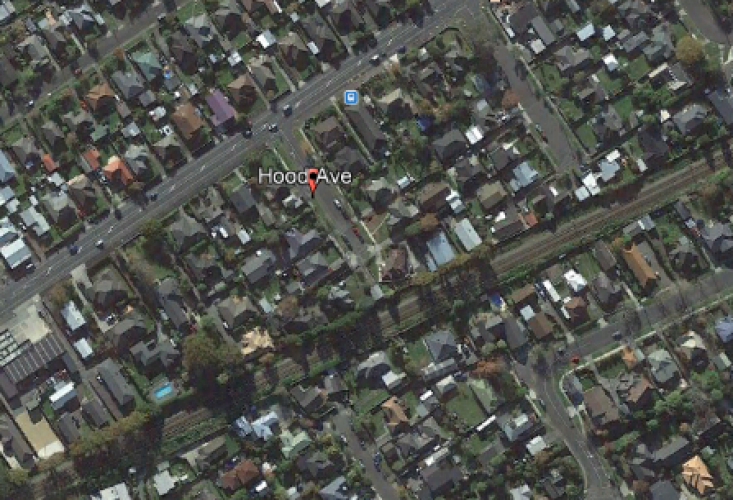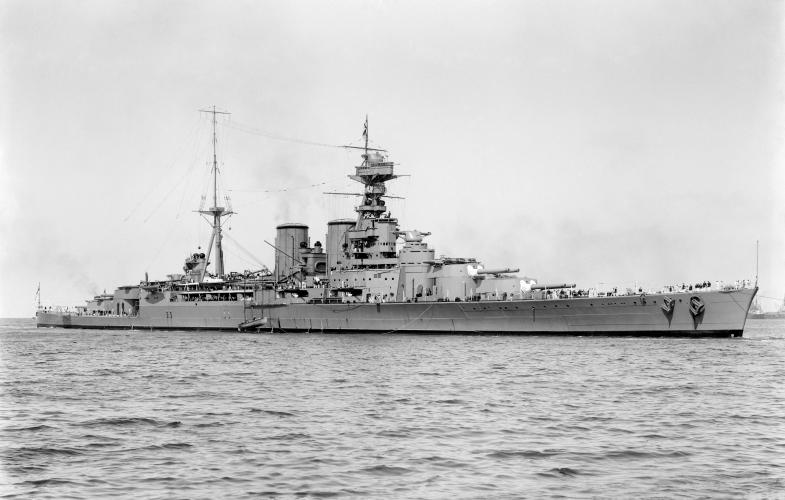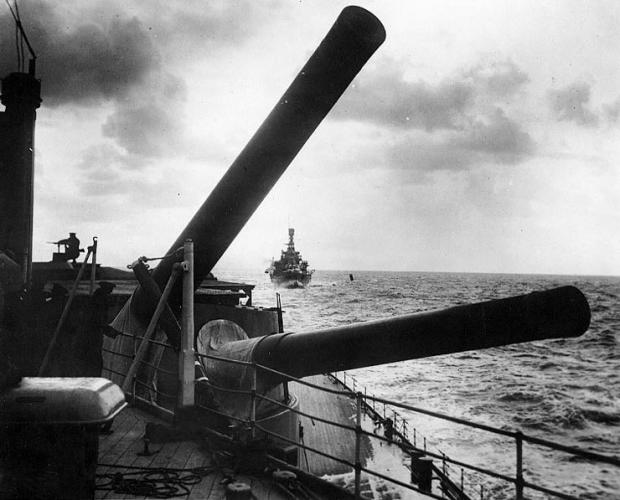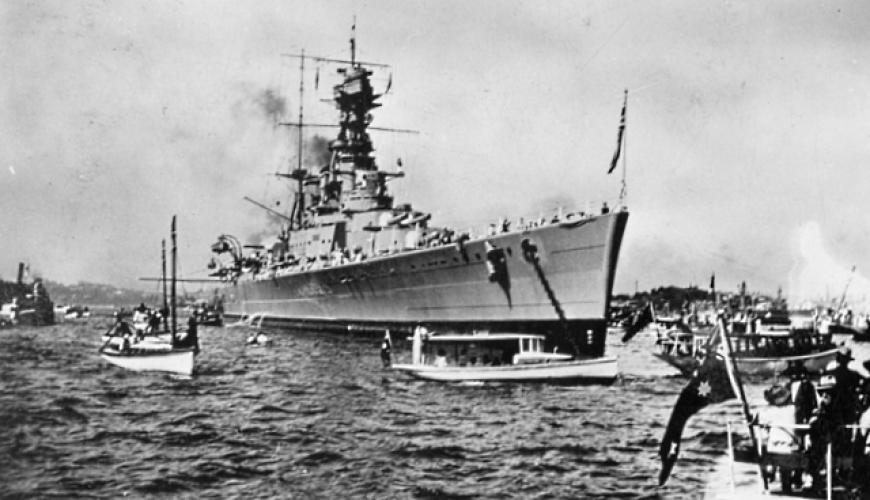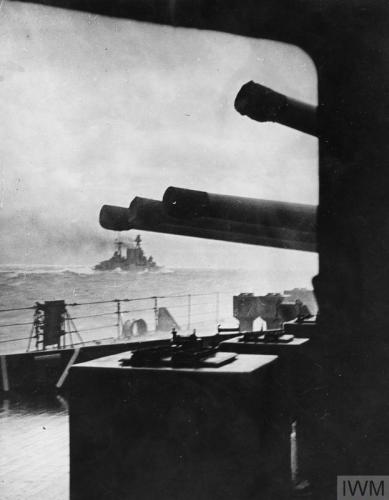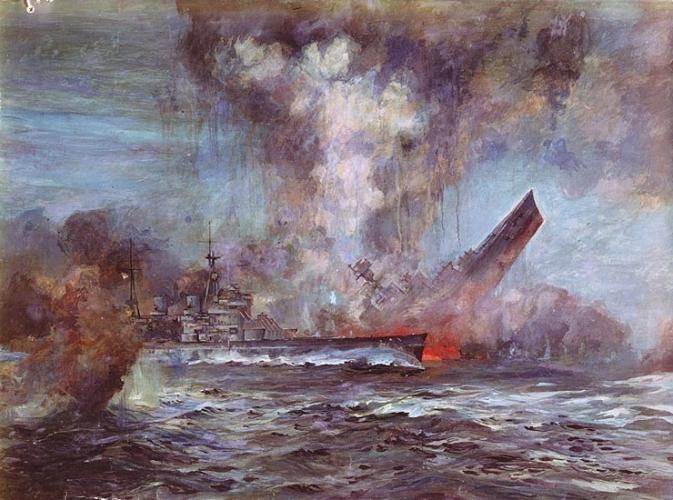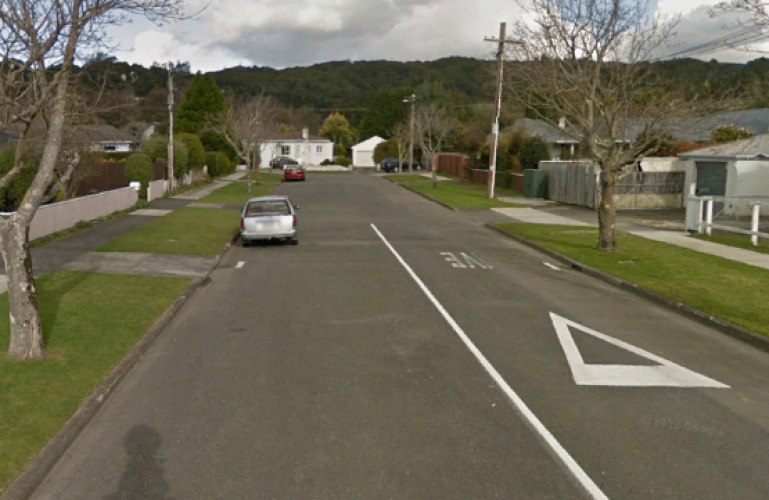201 Hood Ave Heretaunga, street scene 2018
Reason for the name
Hood Avenue was named after HMS Hood. The HMS Hood pennant number 51 was the last battlecruiser built for the Royal Navy. HMS Hood. was sunk on 24 May 1941 after battle with the German battleship Bismark and heavy cruiser Prinz Eugen. New Zealanders were in the total of 1,415 of her crew who died and only three survived.
The street was not named after Malcolm Hopkins Hood (1895-1963) who served with the Upper Hutt Borough Councillor (1929-1933). The street was not named after the airman Captain George Hood who vanished in 1928 while attempting a trans-Tasman flight from Sydney Australia to the Trentham racecourse. Hood Avenue was formerly named Hood Street. Hood Avenue was recorded in the Wises NZ Post Office Directory 1955 & 1959 & 1961-1962 volumes.
HMS Hood (pennant number 51) was the last battlecruiser built for the Royal Navy. Commissioned in 1920, she was named after the 18th-century Admiral Samuel Hood. One of four Admiral-class battlecruisers ordered in mid-1916, Hood had design limitations, though her design was revised after the Battle of Jutland and improved while she was under construction. For this reason she was the only ship of her class to be completed. Despite the appearance of new and more modern ship designs over time, Hood remained the largest and most powerful warship in the world for twenty years after her commissioning and her prestige was reflected in her nickname "The Mighty Hood".
The known New Zealander killed on the Hood was Sub-Lieutenant Stanley Watkinson, Paymaster RNZN attached to the Royal Navy. Watkinson was the first candidate in a scheme which enabled New Zealanders to become career officers in the Royal New Zealand Navy. Killed in action aboard HMS Hood off the coast of Greenland on 24 May 1941.
Hood was involved in several showing the flag exercises between her commissioning in 1920 and the outbreak of war in 1939, including training exercises in the Mediterranean Sea and a circumnavigation of the globe with the Special Service Squadron in 1923 and 1924. She was attached to the Mediterranean Fleet following the outbreak of the Second Italo-Abyssinian War. When the Spanish Civil War broke out, Hood was officially assigned to the Mediterranean Fleet until she had to return to Britain in 1939 for an overhaul. By this time, advances in naval gunnery had reduced Hood's usefulness. She was scheduled to undergo a major rebuild in 1941 to correct these issues, but the outbreak of World War II in September 1939 forced the ship into service without the upgrades.
When war with Germany was declared, Hood was operating in the area around Iceland, and she spent the next several months hunting for German commerce raiders and blockade runners between Iceland and the Norwegian Sea. After a brief overhaul of her propulsion system, she sailed as the flagship of Force H, and participated in the destruction of the French Fleet at Mers-el-Kebir. Relieved as flagship of Force H, Hood was dispatched to Scapa Flow, and operated in the area as a convoy escort and later as a defence against a potential German invasion fleet. In May 1941, she and the battleship Prince of Wales were ordered to intercept the German battleship Bismarck and the heavy cruiser Prinz Eugen, which were en route to the Atlantic where they were to attack convoys. On 24 May 1941, early in the Battle of the Denmark Strait, Hood was struck by several German shells, exploded and sank within three minutes, with the loss of all but three of her crew. Due to her perceived invincibility, the loss affected British morale.
The Royal Navy conducted two inquiries into the reasons for the ship's quick demise. The first, held soon after the ship's loss, concluded that Hood's aft magazine had exploded after one of Bismarck's shells penetrated the ship's armour. A second inquiry was held after complaints that the first board had failed to consider alternative explanations, such as an explosion of the ship's torpedoes. It was more thorough than the first board and concurred with the first board's conclusion. Despite the official explanation, some historians continued to believe that the torpedoes caused the ship's loss, while others proposed an accidental explosion inside one of the ship's gun turrets that reached down into the magazine. Other historians have concentrated on the cause of the magazine explosion. The discovery of the ship's wreck in 2001 confirmed the conclusion of both boards, although the exact reason the magazines detonated is likely to remain unknown since that area of the ship was destroyed in the explosion.
Author: The Poppy Places Trust
The Admiral-class battlecruisers were designed in response to the German Mackensen-class battlecruisers, which were reported to be more heavily armed and armoured than the latest British battlecruisers of the Renown and the Courageous classes. The design was revised after the Battle of Jutland to incorporate heavier armour and all four ships were laid down. Only Hood was completed, because the ships were very expensive and required labour and material that could be put to better use building merchant ships needed to replace those lost to the German U-boat campaign
Hood was significantly larger than her predecessors of the Renown class. As completed, she had an overall length of 860 feet 7 inches (262.3 m), a maximum beam of 104 feet 2 inches (31.8 m), and a draught of 32 feet (9.8 m) at deep load. This was 110 feet (33.5 m) longer and 14 feet (4.3 m) wider than the older ships. She displaced 42,670 long tons (43,350 t) at load and 46,680 long tons (47,430 t) at deep load, over 13,000 long tons (13,210 t) more than the older ships. The ship had a complete double bottom. Hood had a metacentric height of 4.2 feet (1.3 m) at deep load, which minimised her roll and made her a steady gun platform.
The additional armour added during construction increased her draught by about 4 feet (1.2 m) at deep load, which reduced her freeboard and made her very wet. At full speed, or in heavy seas, water would flow over the ship's quarterdeck and often entered the mess decks and living quarters through ventilation shafts. This characteristic earned her the nickname of "the largest submarine in the Navy". The persistent dampness, coupled with the ship's poor ventilation, was blamed for the high incidence of tuberculosis aboard. The ship's complement varied widely over her career; in 1919, she was authorised 1433 men as a squadron flagship; in 1934, she had 81 officers and 1244 men aboard.
The propulsion system consisted of 24 Yarrow boilers, connected to Brown-Curtis geared steam turbines driving four propellers. The battlecruiser's turbines were designed to produce 144,000 shaft horsepower (107,000 kW), which would propel the ship at 31 knots (57 km/h; 36 mph), but during sea trials in 1920, Hood's turbines provided 151,280 shp (112,810 kW), which allowed her to reach 32.07 knots (59.39 km/h; 36.91 mph). She carried approximately 3,895 long tons (3,958 t) of fuel oil, which gave an estimated range of 7,500 nautical miles (13,900 km; 8,600 mi) at 14 knots (26 km/h; 16 mph).
Although the Royal Navy always designated Hood as a battlecruiser, some modern writers such as Anthony Preston have classified her as a fast battleship, since Hood appeared to have improvements over the fast Queen Elizabeth-class battleships. On paper, Hood retained the same armament and level of protection, while being significantly faster.
Around 1918, American commanders, including Vice-Admiral William Sims, commander of US naval forces in Europe, and Admiral Henry T. Mayo, commander of the Atlantic Fleet, became extremely impressed by Hood which they described as a "fast battleship", and they advocated that the US Navy develop a fast battleship of its own.[37] However, the US continued with their established design direction, the slower but well-protected South Dakota-class battleship and the fast and lightly armoured Lexington-class battlecruiser, both of which were later cancelled in accordance with the terms of the Washington Naval Treaty of 1922.
Influences from Hood showed on subsequent Lexington designs, with the reduction of the main armour belt, the change to "sloped armour", and the addition of four above-water torpedo tubes to the four underwater tubes of the original design. To add to the confusion, Royal Navy documents of the period often describe any battleship with a maximum speed over 24 knots (44 km/h; 28 mph) as a battlecruiser, regardless of the amount of protective armour. For instance, the never-built G3 battlecruiser was classified as such, although it would have been more of a fast battleship than Hood.
The scale of Hood's protection, though adequate for the Jutland era, was at best marginal against the new generation of 16-inch (406 mm) gunned capital ships that emerged soon after her completion in 1920, typified by the American Colorado-class and the Japanese Nagato-class battleships. The Royal Navy were fully aware that the ship's protection flaws still remained, even in her revised design, so Hood was intended for the duties of a battlecruiser and she served in the battlecruiser squadrons through most of her career. Late in her career, Hood was outclassed by the armour and protective arrangement of World War II-era fast battleships, but few available "big gun" vessels could match Bismarck's speed, and in 1941 the Admiralty included Hood among the ships sent to engage the German battleship Bismarck.


